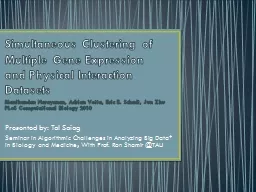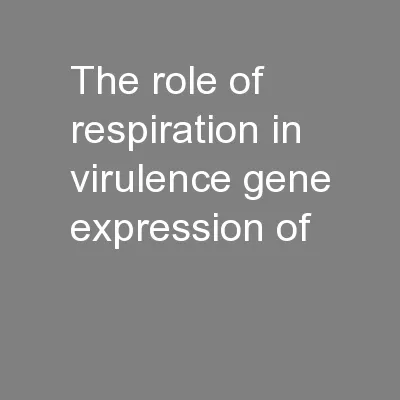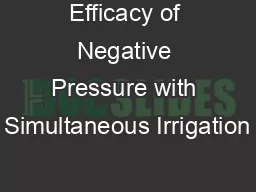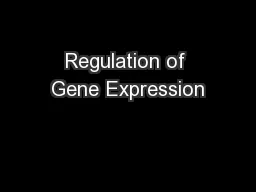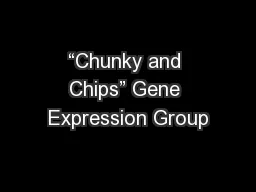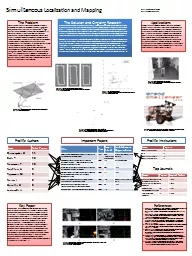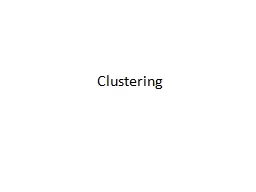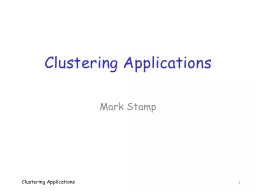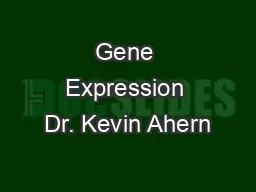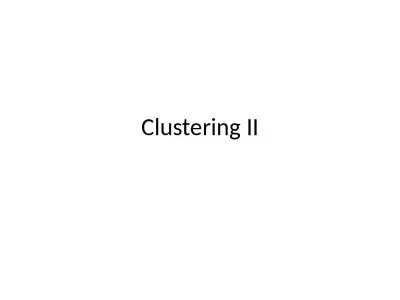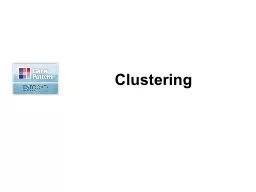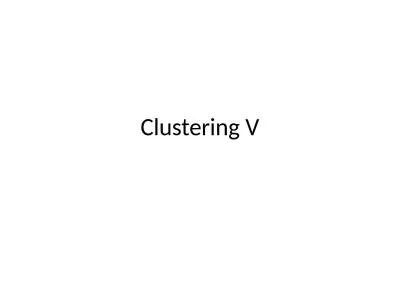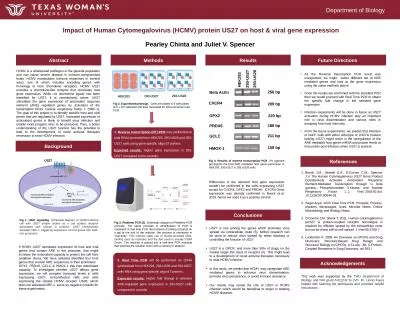PPT-Simultaneous Clustering of Multiple Gene Expression
Author : conchita-marotz | Published Date : 2016-07-17
and Physical Interaction Datasets Manikandan Narayanan Adrian Vetta Eric E Schadt Jun Zhu PLoS Computational Biology 2010 Presented by Tal Saiag Seminar in Algorithmic
Presentation Embed Code
Download Presentation
Download Presentation The PPT/PDF document "Simultaneous Clustering of Multiple Gene..." is the property of its rightful owner. Permission is granted to download and print the materials on this website for personal, non-commercial use only, and to display it on your personal computer provided you do not modify the materials and that you retain all copyright notices contained in the materials. By downloading content from our website, you accept the terms of this agreement.
Simultaneous Clustering of Multiple Gene Expression: Transcript
Download Rules Of Document
"Simultaneous Clustering of Multiple Gene Expression"The content belongs to its owner. You may download and print it for personal use, without modification, and keep all copyright notices. By downloading, you agree to these terms.
Related Documents

